
Mazda RX-8 Coupe (2003-2010) review
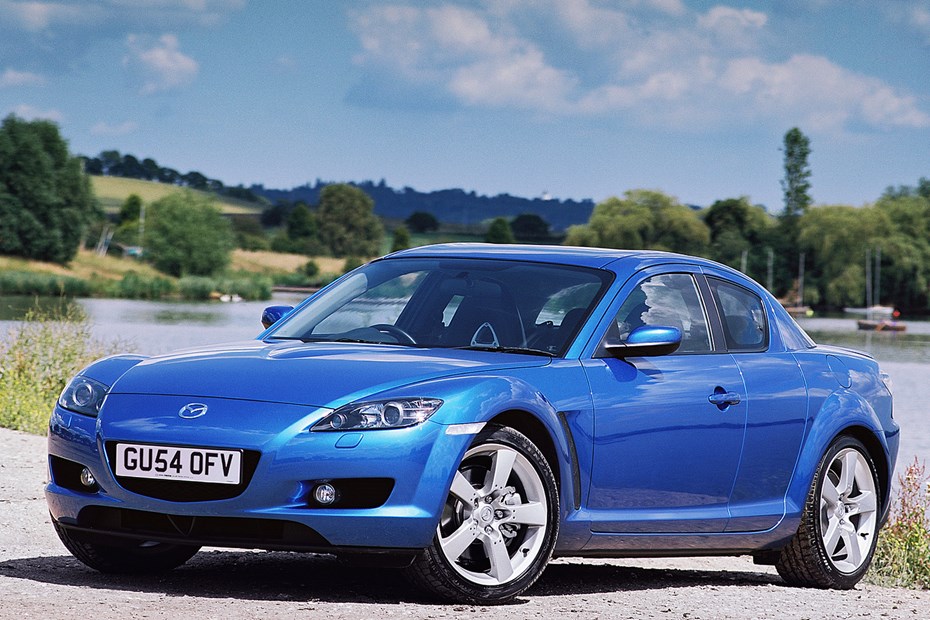
At a glance
| Price new | £21,200 - £25,785 |
|---|---|
| Used prices | £570 - £6,438 |
| Road tax cost | £430 - £760 |
| Insurance group | 27 - 34 |
Get an insurance quote with

|
|
| Fuel economy | Not tested to latest standards |
| Range | 322 - 349 miles |
| Number of doors | 4 |
| View full specs for a specific version | |
Available fuel types
Petrol
Pros & cons
- Unique four-seater, four-door style
- Quick, with impressive handling
- Refined, distinctive sound
- Rotary engine needs to rev, can be thirsty
- Specialist maintenance recommended
- Early examples both rust, and break down
Mazda RX-8 (03-10) rivals
Overview
The Mazda RX-8 launched to critical acclaim in 2003, offering a unique experience, and packaging quirky Mazda technology in a way that appealed to a more mainstream audience. With four seats, and crucially, four doors, it found its way onto company car fleets and family driveways in numbers no rotary-engined Mazda achieved before, at least in the UK.
Now the Mazda RX-8 is a performance bargain for car enthusiasts, and a modern classic in waiting. There are many alternatives you could be considering, but the most obvious ones include its arch rival – the Nissan 350Z – the BMW 3-Series, Alfa Romeo GT, and perhaps the last of the Ford Cougars as some early-noughties nostalgia.
Almost every used Mazda RX-8 you find has the potential to offer amazing value as a performance car to enjoy, but it’s not a car to buy on a whim. Read our full review for impressions when new, and as a secondhand car, and take your time to choose several examples to look at before taking the plunge.
> Find a used Mazda RX-8 (2003-2010) for sale near you
What’s different about the Mazda RX-8?
Right in the heart of the coupe comeback of the ’90s and early 2000s, Mazda’s set out to offer the feedback, handling and thrills of a high-end rear-wheel drive car for the price of the many rather dull front-wheel drive alternatives from Ford, Alfa Romeo, Fiat, Peugeot and Honda. Key to this is the Wankel rotary engine, which has just three moving parts, is very compact, and very light.
But Mazda didn’t merely copy tired coupe thinking. It added rear-hinged doors (reprised on the electric MX-30) for easy access to the back seats, and created an exciting interior with a bold central spine. It means it’s a strict four-seater, but every passenger feels snug and safe. For young parents, the RX-8 delivers the same sort of promise the Ford Capri once made; a sporty, sexy coupe that’s as family-friendly as the typical company car.
The appeal worked, and when new, the RX-8 proved easy to drive and very popular indeed. The rotary engine, however, needs to be treated with care. After a few years changing tax regimes and the reputation of early, neglected cars took the shine off, and Mazda withdrew the RX-8 from the UK market in 2010. Production lasted until 2012 for Japan and other markets, so you can find newer imports.
Mazda RX-8: Common problems, known faults and buying guide
Before buying a Mazda RX-8, choose which version you want for your budget. You’ll find examples from £1,000 to £10,000, but around £4,000 will get a good example whether you spend that on a sorted car, or a cheap one you restore to health. There are four distinct models alongside limited editions and small variations, and these can be summed up as the four-port 192, the six-port 231, the PZ by Prodrive, and the facelifted R3 (below).
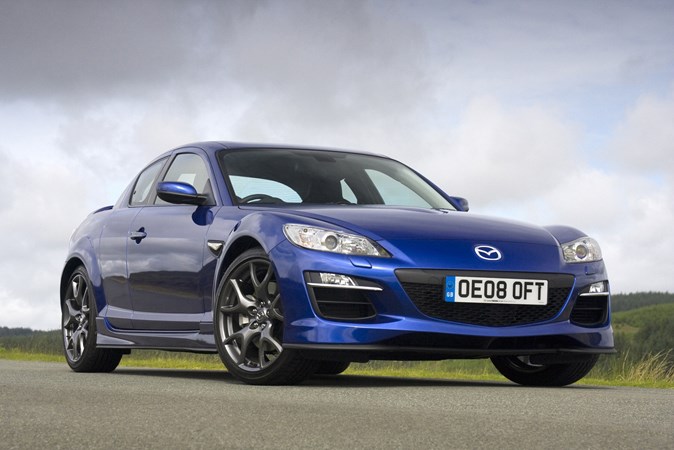
Mazda RX-8 192s were the cheapest new, with fabric trim, conventional headlights and a five-speed gearbox, plus a 7,500rpm rev limit. The other models have six-speed gearboxes, Xenon headlights, higher grade interiors and a 9,000rpm rev limit. You can read more about the RX-8’s tech in the engines section.
It’s also worth joining the RX-8 Owners’ Club. It’s well-established, and cars for sale will often have been owned by someone who understands how to look after an RX-8.
1. Mazda RX-8 hot and cold starting – where to start
Top of the list when looking at an RX-8 is how well it starts. The rotary engine needs a strong battery, starter motor and spark as well as good compression. Over the years Mazda improved the motor and wiring to alleviate problems but it’s the compression you need to worry about as the rest is bolt-on, easy to fix stuff. If the car struggles to fire up when cold, but sounds like it has a strong starter, that’s a big red flag. If you don’t want a project, walk away.
Poor hot starting is more common. While it can be caused by a variety of things, it’s usually a sign the engine will need rebuilding soon. Do not attempt to keep starting an RX-8 that doesn’t fire first time, and if a dealer/seller has started it to move it and show you, don’t switch it off before taking a test drive – let it warm up.
2. Mazda RX-8 corrosion and rust problems
In common with other Mazdas of the era, the RX-8 has poor rustproofing and quite thin paint. There’s plenty of underseal, but it’s thick rubber that traps moisture and salt water and makes the problems worse. Most RX-8s will have bubbling or repairs around the outside of the arches, and rust on the sills was a problem when they were new – look for vinyl clear protection film where the doors meet.
In addition to the bits you can see on top, pay particular attention to the inside of the sills behind the front wheels, the subframe and mounts at the back, and get your hand or a smartphone camera in behind the bumper at the back. As always, checking the car’s MoT history online will give valuable pointers on where to be thorough.
3. Mazda RX-8 gearbox and clutch issues
As a high-performance car the RX-8 is often driven aggressively, and it’s built to take it. However, it’s not built for the congestion and crawl of British towns and motorways, with an engine that needs revs to move the car and a strong clutch that has to be slipped a little for smooth low-speed driving. Clutch replacement is straightforward but quite involved, and the correct, original fitment Exedy kit isn’t cheap. Budget replacements can last as little as 20,000 miles, when the original clutch should last around 80,000.
Heat can affect the pedal on very early cars, and on all models the clutch slave cylinder can cause problems with gear engagement and clutch operation. Growling or rumbling noises can indicate thrust bearing or gearbox problems, but a little noise in neutral is normal. Gearshifts can be heavy until the gearbox warms up but should be precise and swift otherwise; the five-speed is marginally more reliable overall.
4. Mazda RX-8 trim and technology problems
Aside from the usual wear and age of components for air con and audio/navigation, RX-8s are as reliable as you would expect of a car made in Japan for the most part. The main exception is the electronic power steering, which can suffer mechanical problems due to neglect or damage, and also issues due to electrical connections and sensors. If the battery has been disconnected without resetting the steering, it will feel ‘off’ and more prone to wandering.
Pale coloured interiors show dirt, particularly half-leather and all models are prone to bolster wear and splits in the seams on the driver’s seat. The armrest/cupholder cover also gets broken easily. Interior parts are readily available secondhand but often display the same wear.
5. Mazda RX-8 brakes, suspension and tyres
When new the RX-8 offered handling well above expectations for the price. The suspension is complex with a lot of bushes and links, but quite robust and long-lived. Cars under 60,000 miles should still handle well. Prodrive suspension is now unavailable.
The tyres make a big difference, and they are an unusual size. When 225/45/R18 is hard to find, owners might fit 245/40/R18 (acceptable) or 225/40/R18 (too small). Mixing sizes can spoil the handling and confuse the traction control. The wheels corrode and many were replaced before two years old, aftermarket and refurbished wheels are not a sign of abuse; 19-inch, or wider 8.5/9J wheels are fine but the car does not like staggered setups without more adjustment.
The RX-8’s brakes are sharp and progressive when new, but the calipers are typical cheap floating designs. They corrode and bind, and while repairs can be cheap replacement is best after a few years. Big brake upgrades are worthwhile but expensive.
Anything else to consider when buying a Mazda RX-8?
One of the main things influencing RX-8 values is the VED, or ‘road tax’. Cars registered before March 2006 are cheaper to tax, but Mazda had a break in production so a lot of orders were delivered after the change and heavily discounted new. In the grand scheme of things it’s a small extra cost, but for a hobby or project car quite unwelcome and can make resale of cheaper cars difficult.
The last R3 models produced from August 2008 are technically much improved. They are also extremely rare, and attract high prices.
All RX-8s use oil as part of the engine’s normal operation. A new car may need half a litre over 2,500 miles, but it varies with usage. What matters is that it should be checked regularly, and only mineral oil used, not synthetic. The owners’ club forum has plenty of info – and opinion – on alternatives.
For many enthusiasts the RX-8 is like a bridge between a sports bike and a car. Approach it with the same mentality for care and maintenance, and you’ll enjoy a unique sports coupe unlike anything you can buy new. Read on for the full review and our in-depth Mazda RX-8 buying guide.



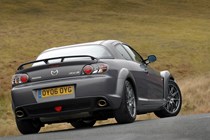
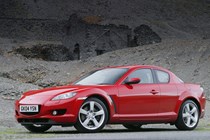
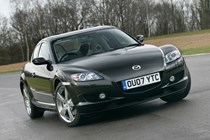
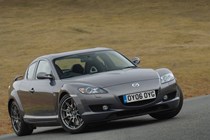
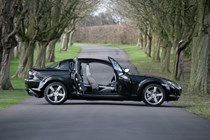
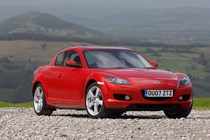
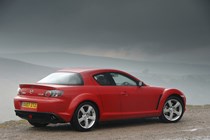

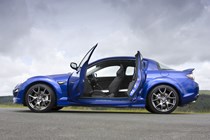
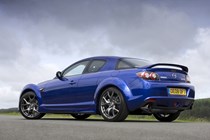
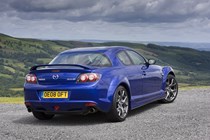
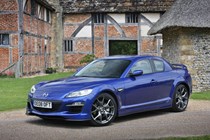
.jpg)
.jpg)

.jpg)
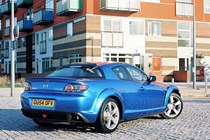
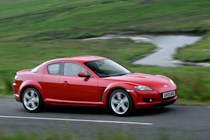
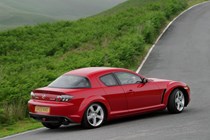
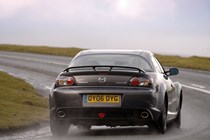
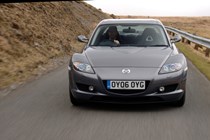
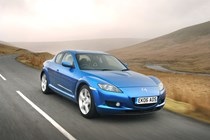
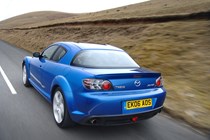
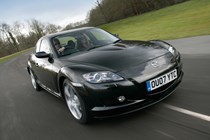

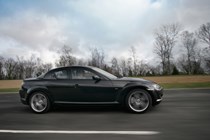
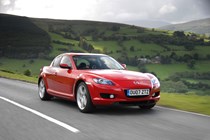
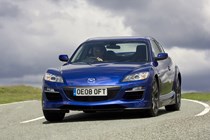
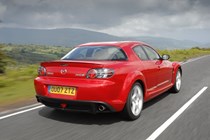
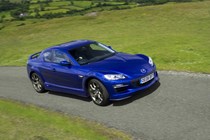
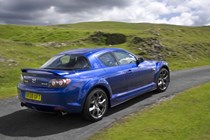
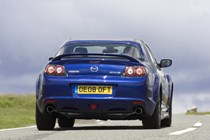

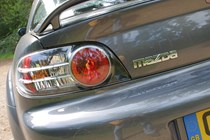
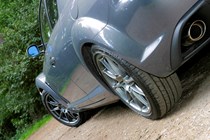
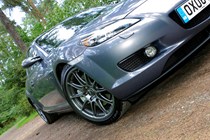
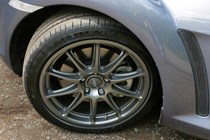
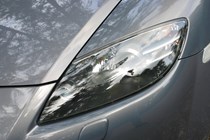
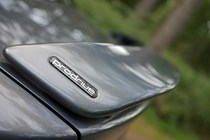
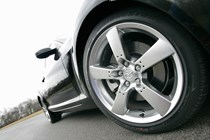
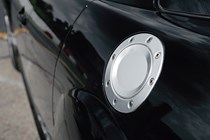
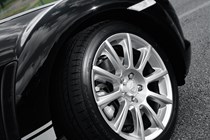
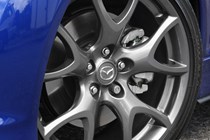
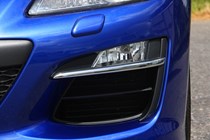
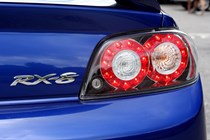
.jpg)
.jpg)
.jpg)
.jpg)
.jpg)
.jpg)
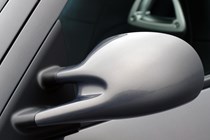
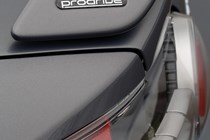
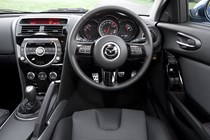
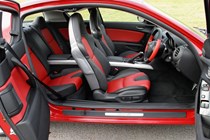
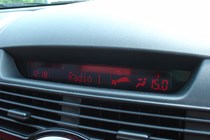
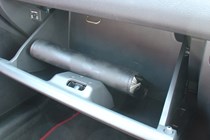
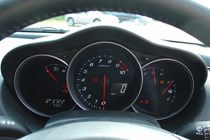
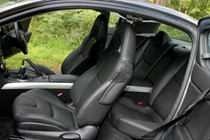
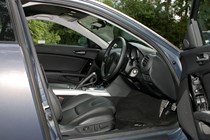

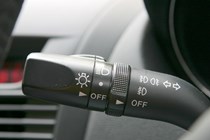
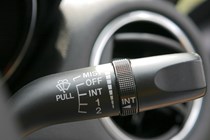
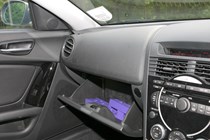
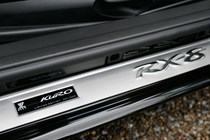
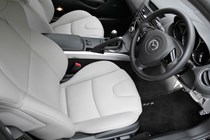
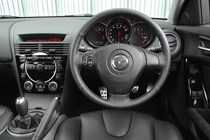
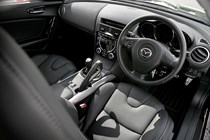
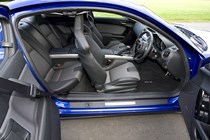
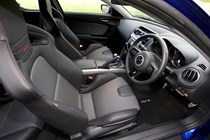
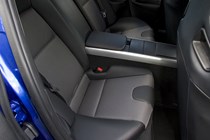
.jpg)
.jpg)
.jpg)
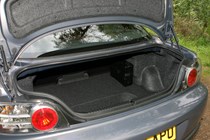
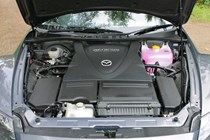
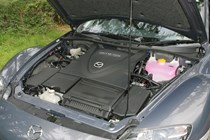
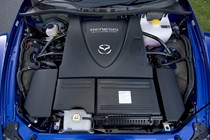
.jpg)
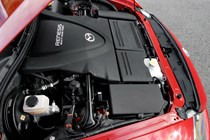
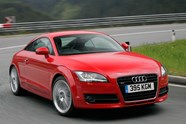

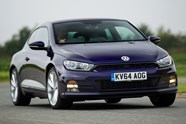















.jpg?quality=50)
.jpg?quality=50)

.jpg?quality=50)





























.jpg?quality=50)
.jpg?quality=50)
.jpg?quality=50)
.jpg?quality=50)
.jpg?quality=50)
.jpg?quality=50)




















.jpg?quality=50)
.jpg?quality=50)
.jpg?quality=50)




.jpg?quality=50)
